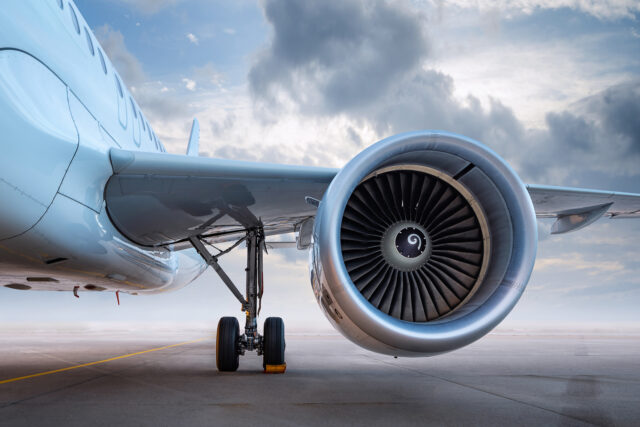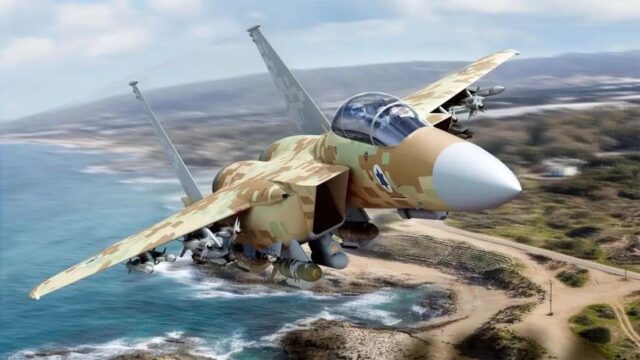Rampart: The 3D-printed jet engine for the US Air Force collaborative combat aircraft

August 5, 2025

Beehive Industries has officially unveiled Rampart, a 3D printed jet engine family developed for the USAF’s Collaborative Combat Aircraft (CCA) initiative, also known as loyal‑wingman drones.
Nicknamed “The Force Multiplier”, Rampart is engineered to power uncrewed aerial systems performing missions such as strike, ISR, decoy operations, or logistics support, significantly expanding their operational reach.
3D printed jet engines: Built for speed and scalability
Rampart is crafted entirely using 3D-printing additive techniques, which eliminate traditional steps like casting, tooling, and sourcing long-lead-time parts, enabling faster production and a flexible, resilient supply chain. Beehive touts this as a first-of-its-kind scale-up approach for propulsion hardware.

The engine family spans a broad thrust band (roughly 100–5,000 lb) to serve diverse UAV classes and mission profiles. Initial runs include a 500 lb demonstrator, validated less than 13 months after concept inception, proving the rapid pace of development.
In March 2025, Beehive was awarded a USAF study contract to evaluate Rampart-class engines for the CCA programme. Beehive will evaluate an additively enabled engine architecture in the ~1,000 lb thrust class, ideal for mid-range Loyal Wingman drones.
3D printing (additive manufacturing) offers several key advantages when applied to engine design and production. Fewer parts mean fewer potential points of failure, as well as a more customisable platform to suit a variety of missions.
For the USAF’s loyal wingman push, additive manufacturing offers unrivalled speed of prototyping, allowing engineers to go from design to physical prototype in days or weeks rather than months. Development of CCAs is rapid and agile; this technique ensures Rampart can keep up.
The rapid development of the USAF’s collaborative combat aircraft
The CCA programme is one of the highest priorities for the Air Force today, and is considered vital to restore affordable mass to the Air Force.
The USAF is increasingly reliant on small fleets of ultra-capable but extremely costly aircraft like the F-35 and upcoming F-47. To protect these valuable assets and keep the Air Force ready to face formidable threats, CCAs will act as a force multiplier.
The F-22 Raptor is expected to be the first fighter jet to receive CCAs, and progress is evolving rapidly. In July, the USAF announced fighter jets had successfully controlled multiple loyal wingman drones in tests for the first time.

Initial operational capability is targeted before 2030, but some insiders say we could see combat-ready CCAs even earlier, depending on program funding and the success of test phases.
As of now, Beehive has not been awarded a firm contract to supply engines for CCA, nor is it officially the selected provider. However, the selection of the company for the CCA Propulsion Studies Prototype Project implies confidence in the concept.
Final selection is expected through competitive down-selection, possibly in 2026, alongside autonomy and airframe providers.
















